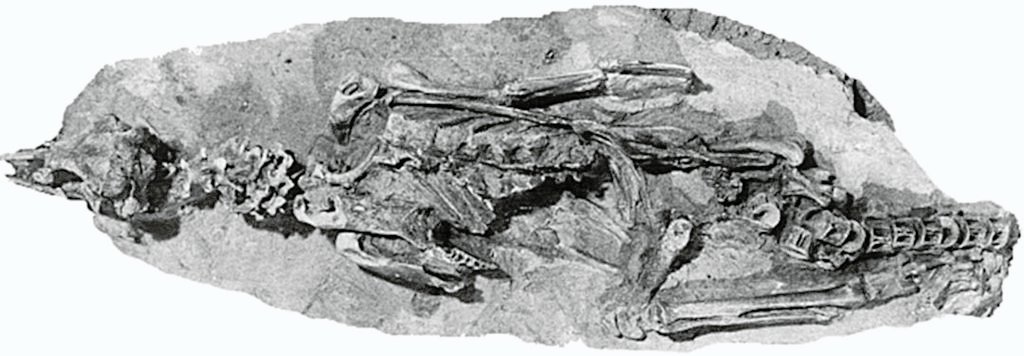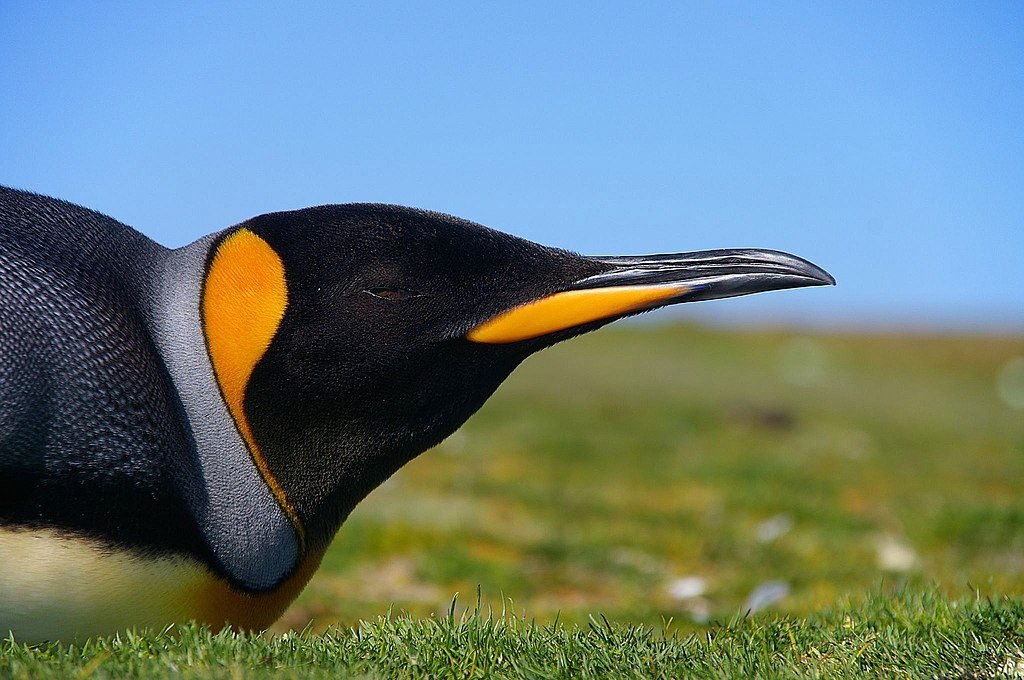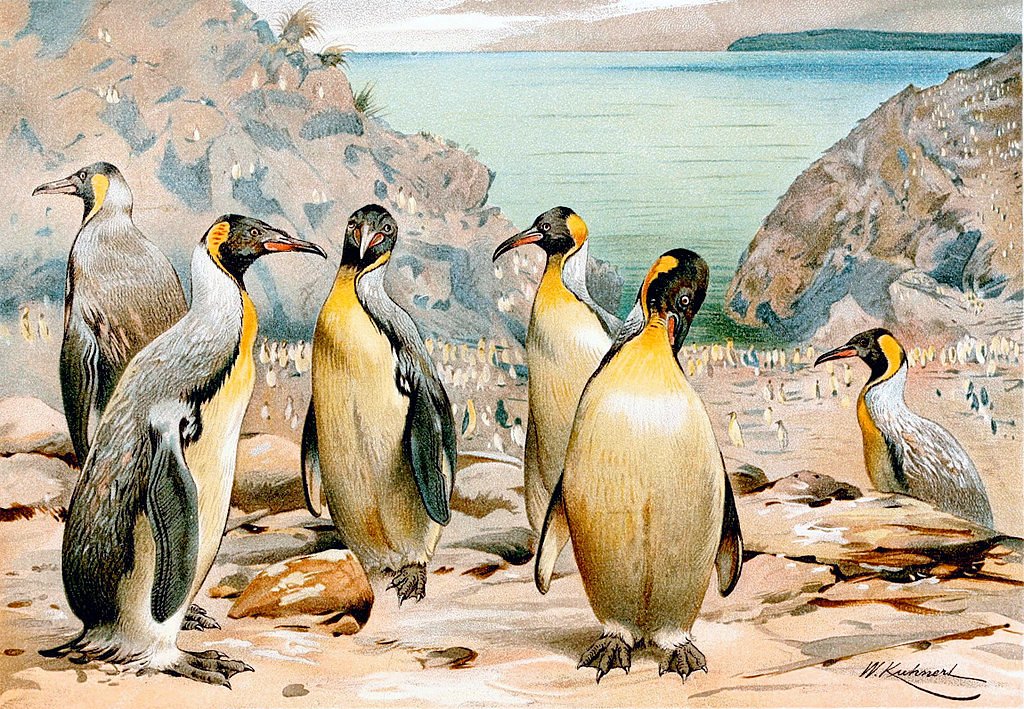Scientists have found the fossilized remains of a prehistoric giant penguin unlike any other deep in the craggy coastlines of New Zealand’s South Island. Named Kumimanu fordycei, this enormous seabird exceeded even the biggest contemporary emperor penguins in weight an amazing 154 kg (340 lbs. Published in the Journal of Paleontology, the discovery forces researchers to rethink how and why penguin gigantism evolved into such large forms so soon after the dinosaurs disappeared, thus pushing back the chronology of these birds.
A Fossil Hidden in Beach Boulders

The windswept coastline of North Otago A region that has been well-known for the fossils it has produced dating back to the Paleocene period of 59.5 up to 55.5 million years back, the fossils were found in old rocks. As opposed to most delicate bird bones Kumimanu’s bones were well preserved, which allowed paleontologists at Te Papa Museum in New Zealand Te Papa Museum in New Zealand as well as researchers from the University of Cambridge to rebuild her skeleton with 3-D laser scans.
It was a bird that had sturdy flippers designed for deep dives with twice the weight of a human adult. “This was a monster, not only a big penguin,” co-author of the study Dr. Daniel Field says. Field says the Maori name Kumimanu is a Maori word that means “monster bird,” fairly describes its powerful presence.
Giant Penguins Emerged Earlier Than Anyone Expected
Scientists earlier thought penguins evolved into giants tens of millions of years ago. Kumimanu, on the other hand, lived just 5 to 10 million years after the first penguins evolved, so subverting that presumption.
More remarkably still, scientists found Petradyptes Stonehousei, a second huge species weighing about 50 kg (110 lbs). Two giant penguin species coexist imply that early penguins diversified quickly, controlling marine environments in ways modern species cannot.
Why Did Penguins Grow So Big?

Evolution favors size when it offers survival advantages and for Kumimanu, gigantism most certainly offered several:
- Larger bodies store more oxygen, which lets these penguins hunt in deeper waters for longer lengths of time.
- Access to Bigger Prey: Kumimanu might have hunted big fish and squid, so rivaling early marine mammals while modern penguins eat small fish and krill.
- Better Heat Retention: A large body would have helped keep subtropical waters warm; the Paleocene oceans were cooling.
Kumimanu still showed traces of its flying past, though, despite their adaptations; their flipper bones were less specialized than those of modern penguins, implying a transitional form.
The Mysterious Disappearance of Giant Penguins
Giant penguins flourished for more than 30 million years over South America, Antarctica, and New Zealand. Then about 20 million years ago they disappeared. How?
According to the most accepted theory, marine mammals compete. As toothed whales and seals spread over the Southern Hemisphere, they most certainly:
- Outcompete penguins in terms of food
- Feeded on penguin chicks
- Took over prime areas for nesting.
More agile and energy-efficient smaller penguins survived, finally producing the species we know today.
What This Discovery Means for Evolutionary Science
Kumimanu questions accepted wisdom on the speed with which evolution might generate giants. Its existence points to:
- Almost immediately after their forebears lost flight, penguins grew to be quite large.
- With huge birds filling roles now occupied by seals and dolphins, ancient marine ecosystems were far more dynamic than first believed.
- Prehistoric seabird diversity was a hotspot for New Zealand, thus more undiscovered species could still be hiding among her rocks.
Could Giant Penguins Ever Return?

Although Kumimanu’s line is long gone, the discovery begs an interesting question: Could penguins once more develop into giants?
Under the correct circumstances, fewer marine predators, plenty of food make it theoretically possible. But the age of the monster penguins is probably gone permanently with whales, sharks, and human activity ruling today’s seas.
Kumimanu fordycei is now a relic from a time when birds dominated the oceans, a reminder of the lost giants of Earth.
Final Thought
This fossil is a window into a lost world in which penguins were the top predators in the ocean, not only a scientific curiosity item. Who knows what other prehistoric wonders lie waiting for discovery as scientists keep combing New Zealand’s coasts?
Sources:

Suhail Ahmed is a passionate digital professional and nature enthusiast with over 8 years of experience in content strategy, SEO, web development, and digital operations. Alongside his freelance journey, Suhail actively contributes to nature and wildlife platforms like Discover Wildlife, where he channels his curiosity for the planet into engaging, educational storytelling.
With a strong background in managing digital ecosystems — from ecommerce stores and WordPress websites to social media and automation — Suhail merges technical precision with creative insight. His content reflects a rare balance: SEO-friendly yet deeply human, data-informed yet emotionally resonant.
Driven by a love for discovery and storytelling, Suhail believes in using digital platforms to amplify causes that matter — especially those protecting Earth’s biodiversity and inspiring sustainable living. Whether he’s managing online projects or crafting wildlife content, his goal remains the same: to inform, inspire, and leave a positive digital footprint.



